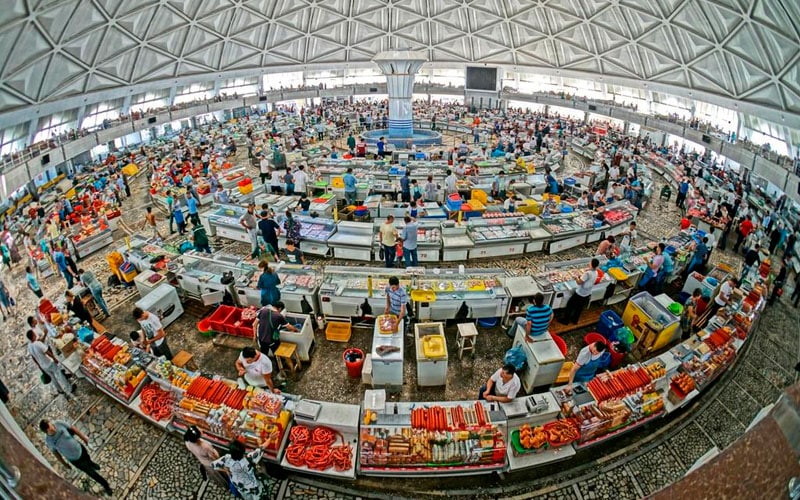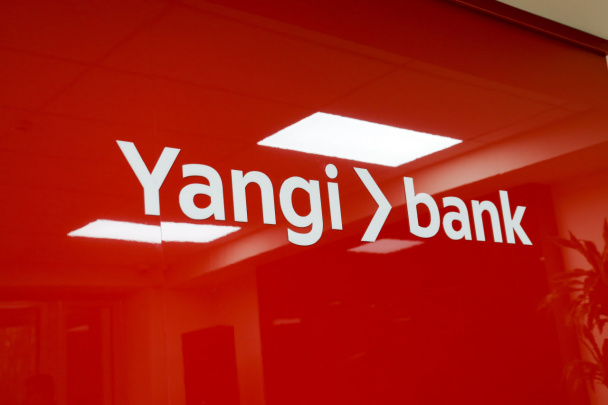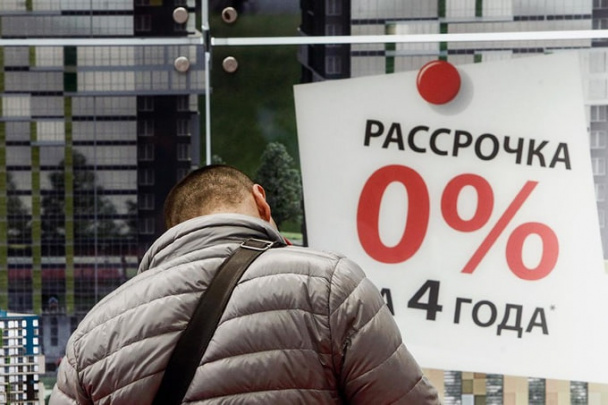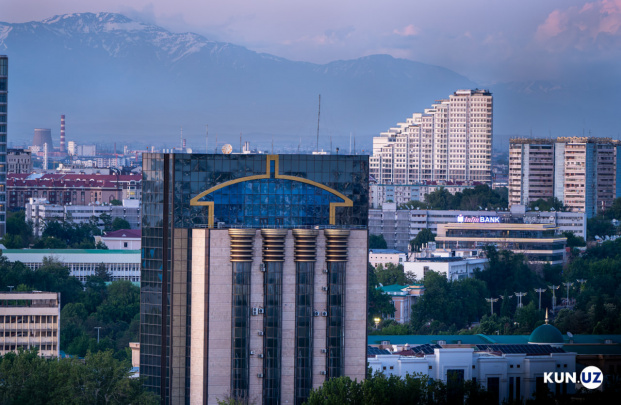Central Bank says economy of Uzbekistan went through short-term negative waves

Фото: Booking.com
The economy of Uzbekistan has gone through short-term negative waves caused by the deteriorating economic situation among trading partners, and, contrary to initial estimates, is showing positive trends in the past two months. At the same time, a high degree of macroeconomic uncertainty and risks remain in the global economy until the end of the year, the regulator stated in its report.
According to the Central Bank, the rapid recovery in the volume of foreign trade operations and money transfers increased the supply of foreign currency in the domestic market, which contributes to the strengthening of the national currency.
In January-March of this year, the republic received an average of $490 million in money transfers per month, while in April-May this figure reached $1.3 billion. Similarly, monthly export earnings increased by 1.3 times compared to January-March, and the volume of funds realized in the domestic foreign exchange market due to export earnings - by 1.4 times.
The soum exchange rate against the US dollar peaked in the first half of March 2022, depreciating by 6.8% compared to the beginning of the year, after which it appreciated by 5.1% from the second half of March. As a result, since the beginning of the year, the weakening of the soum amounted to only 1.6%.
In general, at the end of May, the real exchange rate of the soum approached its long-term trend (strengthened by 2% compared to September 2019) and demonstrates dynamics that do not have a negative impact on external competitiveness.
At the same time, in order to prevent a sharp strengthening of the soum against the dollar in the short term, in April-May, the Central Bank, taking into account the “principle of neutrality” of gold and foreign exchange reserves, purchased foreign currency in the domestic market in the amount of $523 million.
In general, since the beginning of the year, the amount of unfulfilled interventions in the domestic foreign exchange market amounted to about $1 billion, which in the future will serve as an additional source of ensuring exchange rate stability.
At the same time, a high degree of macroeconomic uncertainty and risks remain in the global economy until the end of the year.
Related News

15:40 / 15.01.2026
Central Bank revokes Yangi Bank’s license over capital shortfall

13:54 / 15.01.2026
Foreign business presence in Uzbekistan nearly doubles over five years

14:13 / 14.01.2026
Central Bank moves to tighten oversight of BNPL services

12:06 / 14.01.2026



